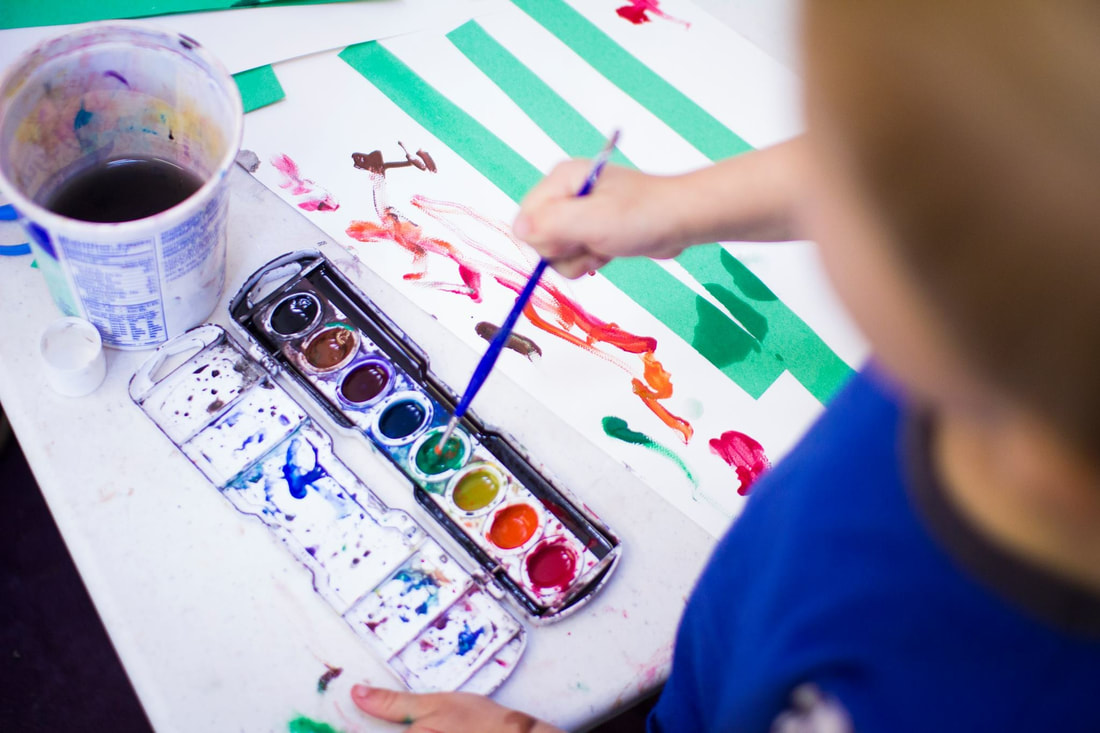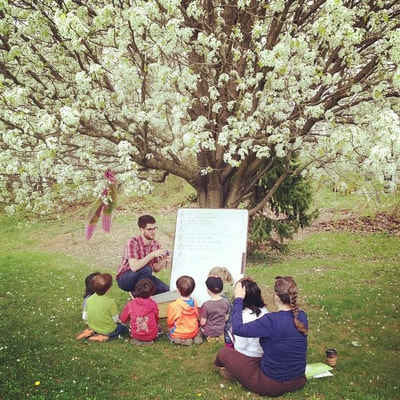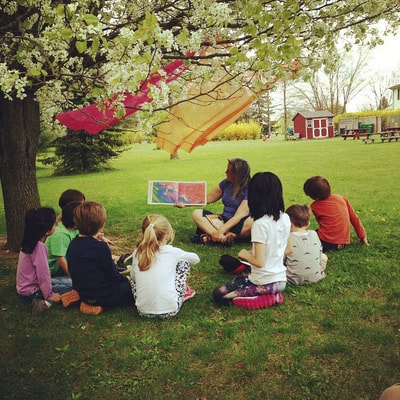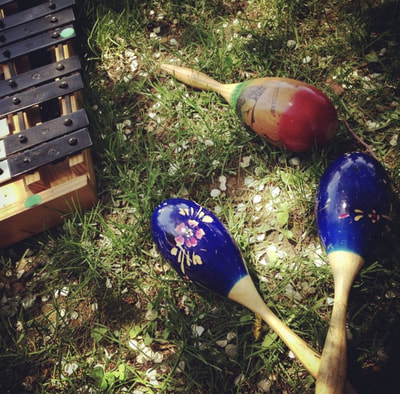I’ve been fortunate to have had a varied teaching background up to this point. I helped create and lead an arts preschool in a non-profit arts center, taught theatre classes both in theater spaces and in classrooms (public and private) as a visiting teaching artist, led outreach workshops through a children’s museum, and now teach Theatre at a K-12 arts charter school. So I have had the opportunity to view education, and more specifically arts education, through many different lenses.
I’ve spent my career thus far immersed in how the arts benefit students and learning. Studies have shown that scores improve, attendance rises, and students are more equipped for the 21st century workforce when they are involved in the arts. But what can the whole system learn from artists?
Artists help to change the world— they question the status quo, expose injustices, and help shine light on possibilities. However, we live in a country where the pattern has been to see arts less & less in our schools. Though I remain hopeful— for example, in a recent survey done by the Mayor’s Office of Education in Philadelphia, “investing in music and arts curriculum” was one of the top answers from respondents.
So where are the shortcomings that this arts educator is shining a light on? Here are seven concepts that artists naturally imbed in their practices. Seven concepts, which I think we could use to help shape our schools:
PLAY
In Theatre we use “play” as a vehicle to create. So do children (and really all human beings if they are given the time and space to do so). Children learn best through play. We need to set aside more time for unstructured play during the school day. Preschool and Kindergarten should be centered on play-based learning, however, even our older students would benefit from more time to play.
And I don’t mean playing on apps on iPads… I mean going outside in nature to hike or run around. Or creating new projects with our hands using found materials. Or inventing a new game with friends.
We need to think about how we can better educate the whole child. Just how theatre games and improv prepare an actor for their work, play prepares a child for a lifetime of learning.
COLLABORATE
Most artists love to collaborate on projects. In the theatre world we collaborate often: actors, directors, playwrights, designers, choreographers all join together to create a performance.
I think teachers need to have more time and opportunities to collaborate. Strangely teaching can feel very isolating at times. Often time teachers are in their classrooms “by themselves” with a room full of students teaching their specific subject or grade level. When the only adult interaction you are able to have is a brief nod or wave of hello to a fellow teacher in the hall, there is a problem. Schools are not utilizing the power of collaboration through their teachers.
Others may disagree, but I am a huge advocate for co-teaching or team teaching. When I was a teaching artist, we usually had a co-teacher or assistant. Teaching is draining—mentally, physically, spiritually. Co-teaching can be a tricky balance between two individuals and takes work, but I truly think it could help prevent teacher burnout. With less burn-out, teachers and students (and admin!) stay happier. It also would help lower student-to-teacher ratios, helping to make learning more personalized for every student.
BREATHE
"This morning I have been pondering a nearly forgotten lesson I learned in high school music. Sometimes in band or choir, music requires players or singers to hold a note longer than they actually can hold a note. In those cases, we were taught to mindfully stagger when we took a breath so the sound appeared uninterrupted. Everyone got to breathe, and the music stayed strong and vibrant. Let's remember the advice of MUSIC. Take a breath. The rest of the chorus will sing. The rest of the band will play. Rejoin so others can breathe. Together, we can sustain a very long, beautiful song for a very, very long time. You don’t have to do it all, but you must add your voice to the song."
-Michael Moore
We need to take advice from music—education should not be a race, but a lifelong journey. We need to spark a love of learning in students without such a strict timeline.
Focusing on “process over product” is a statement made by many arts educators. Essentially it means to put the overall experience above the end outcome. Standardized testing may very well be the exact opposite: forcing the “product” (AKA test scores) to take precedence over the “process” (AKA educating the whole child).
Thankfully there has been more push back against all of the testing lately, but it still is not enough. Anything that is not on the test is abandoned by some schools or squeezed haphazardly through tiny cracks. And the arts aren’t the only thing that has been slashed by budget cuts.
What about instead of focusing purely on facts and knowledge, we agree as a country to help grow our students’ social-emotional capabilities and their emotional intelligence? Of course schools would still need accountability, but there has to be a better way…. Process over Product.
INSPIRATION
“Education is not the filling of a pail, but the lighting of a fire.”
-William Butler Yeats
My hope is that this spreads into a universal given in US education. We cannot possibly know what our students will need to know when they graduate or after. All we can do is ignite a life-long love of learning and discovery, so that they can create the answers themselves.
And we should model what we preach. Teachers should be given more opportunities to learn, grow, and collaborate across disciplines and between schools. Just as the arts inspire others, education should continually inspire students and teachers.
THE WORK CAN BE MESSY…
Learning is messy, creating is messy, art is messy. As artists we try to embrace the “messy” as part of the project.
Just as project-based learning, up on your feet learning, active playful learning, collaborative learning—it’s messy! It’s not sit in your seat in neat rows, textbooks out, and copy from the chalkboard/smartboard kind of learning. But it’s worth the risk to be a little bit messy.
And in turn, this often requires more support in the classroom in terms of co-teachers and/or assistant teachers.
THINK OUTSIDE THE BOX
Artists are very good at making it work with what they have. Even if the funding isn’t there, even if they are rehearsing in a closet… they get the job done. They are flexible and productive (most times).
I don’t have all of the answers to the problems plaguing the US Education system. I know most times change is slow, money matters, and politics play a key role. However, I think it would do everyone well to think outside of the box for the solutions. Just like artists, we can make it work with what we have.
A FINAL THOUGHT…
An artist’s job is to question and to hold a mirror up to society. What is that reflection saying about our education system? How can we take those questions and create meaningful dialogue and change?
At the end of the day, art is also an exploration of being human. Shouldn’t schools also be about exploring what it is to be human? I think so.
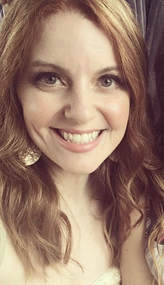 Photo by Alyssa Franklin
Photo by Alyssa Franklin Alyssa Franklin is a K-12th Grade Theatre Teacher at an arts-integrated charter school. She enjoys playwriting, painting, reading, and photography. Alyssa is grateful to lead a creative life through her work with her students. She lives near Philadelphia with her wonderful husband and their two adorable kitties.
